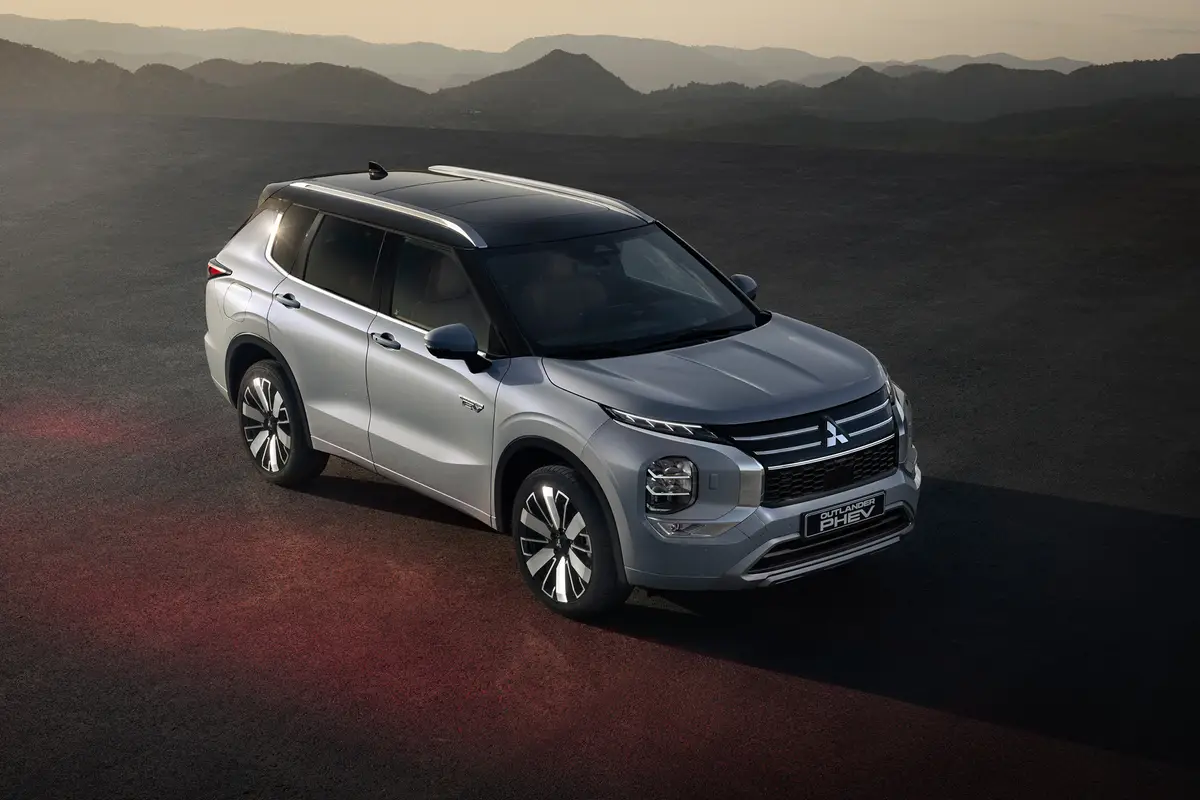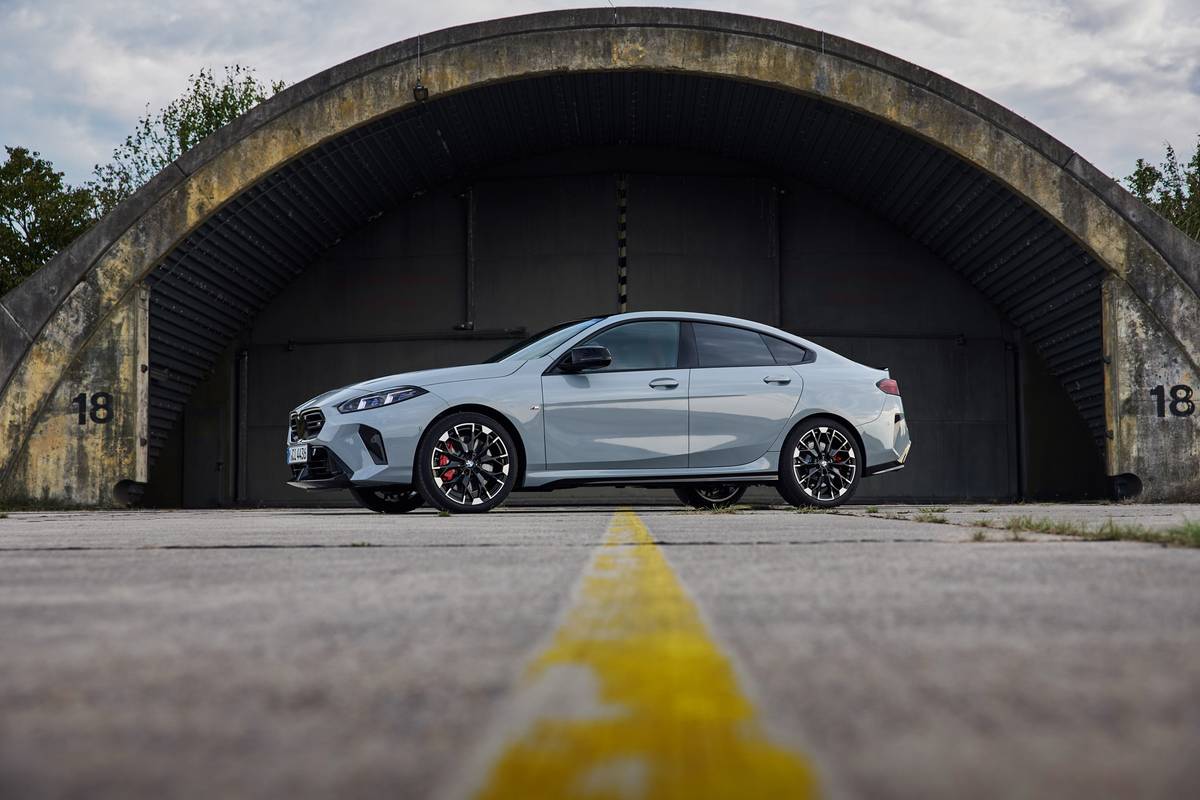The Morning Call and Mcall.com's view
General Motors has been showing some creative designs lately and a definite trend to get away from look-alike cars. For years there were really no complaints about all of GM’s divisions having a family resemblance – in fact, this probably contributed to its success by providing corporate identification – though in recent years it really was difficult to tell some models apart.
This lack of individuality had nothing to do with the overall product, GM always had a good reputation for solid engineering and innovative cars, however it was getting to the point of getting boring. But the General didn’t become number one for nothing. If consumers want cars that look different from each other, the General will give them what they want.
The latest of the individual cars is the Buick Regal, a front-wheel drive car that is not only totally different from its rear-drive predecessor, but one good-looking machine. It also looks move expensive than it actually is; a neat trick by any automaker. Just how expensive-looking, you may well ask? How does $56,533 grab you. No, this isn’t the price of the Regal but the price of a look-alike car: the Allante, Cadillac’s ultra-expensive two-passenger luxury/sport coupe.
This interesting, though hardly revelatory, bit of information came about when the test car (supplied by Kelly Buick, State Street, Emmaus) happen to encounter an Allante at a traffic light. Not quite clones but close enough to have both drivers comment on the resemblance. Right now someone may be saying, ”but how can the Regal have an individual image when it looks like an Allante?” Well, there are not that many Allantes around to make the comparison, and besides, if GM is going to give consumers a more expensive- looking car, who is going to complain?
The new Regal coupe appears to be smaller than the previous model, but looks are somewhat deceiving here since it actually has more interior room – 114.5 cubic feet, according to EPA index volume figures, compared to 111 cubic feet. The extra interior room within the slightly smaller exterior package is possible because of the front-wheel drive configuration. Some comparative dimensions include: length, 192.2 inches for the new model, 200.6 for the previous; wheelbase, 107.5, 108.1; width, 71.8, 70.5; height 53, 54.6, and curb weight, 2,953 pounds compared to 3,207 pounds.
Although it really doesn’t look all that big, the Regal is intermediate rated for six passengers. It might not be an everybody-stretch-out-and-watch- television six-passenger car but it does have six seat belts and if all six are on the small side, no problem. Things would be much more comfortable, though, with two adults up front and three children in the back seat. Or similar types of combinations.
Driving the test car was an absolute snap. Anyone who has a license should be able to jump in and take it away. Even those without license s probably wouldn’t have too many problems either. It is just a smooth driving, easy-to- take, type of car. For one thing, the instrument panel isn’t going to confuse anyone. The test car’s standard cluster had a digital speedometer, an analog fuel gauge and that was it. Everything else was done with warning lights. This minimal instrumentation would probably suit most buyers but if you are a little more adventurous, there is optional electronic digital/ graphic instrumentation.
The four-wheel independent suspension features MacPherson struts up front; a tri-link independent trailing rear suspension with transverse leaf spring and double-acting struts, and front and rear stabilizer bars. Another chassis feature is four-wheel disc brakes. The test car handled very well under all Lehigh Valley driving conditions, however, that shouldn’t be a surprise since all cars handle better these days.
The suspension tuning is a compromise between handling and ride c mfort (as is the case with most cars). It can be run over the back roads and made to do some tricks, but it is not real serious. Again, however, there is a choice. The optional Gran Touring Package includes a more responsive suspension and 15-inch aluminum wheels with Eagle GT+4 all-season performance tires (compared to 14-inch steel wheels and all-season radials).
With its new front-drive configuration, the Regal, naturally, has a whole new powertrain set-up. Gone is the 3.8 liter V-6, gone is the 5.0 liter V-8 and, consequently, gone is the intercooled, turbocharged V-6 Grand National, one of the meanest street fighters of all times. Right now we will shed a couple of tears for the Grand National and forget about it.
The new Regal is powered by a tried and tested engine, the 2.8-liter/173- cubic-inch V-6. This engine is a good deal smaller than previous Regal engines but it is runner. Featuring multiport fuel injection, the 2.8 is rated at 125 horses at 4,500 rpm and 160 foot pounds torque at 3,600 rpm. This engine not only runs well but it looks good under the hood because of liberal use of brushed aluminum in the valve covers, plenum, front cover and brackets, and the tubular stainless steel exhaust manifold.
Combined with a four-speed automatic overdrive transmission (also standard), the V-6 provides a wide range of performance. Off-the-line acceleration is good, passing can be done safely and quickly and at highway cruising speeds the engine just loafs along. And, perhaps the best part of everything, it gets good fuel mileage. The test car averaged 17 miles per gallon for city driving and 27 mpg over the highway. Premium gasoline should be used.
Aside from the obvious, an area where Buick should be given credit is the effort it made for ease of owner maintenance and ease of dealer service. An example is ”lubed for life” suspension, which eliminates maintenance requirements considered normal inthe past. (The rear-drive Regal had 11 lubrication fittings.) Other examples include easy replacement of front suspension cartridges; door electronics connectors located behind the kick panels so door panels don’t have to be removed for diagnosis or service; stainless steel exhaust system components for long life, and quick replacement (without tools) of headlamp bulbs.
Also, most fuses are in a box inside the glove compartment, easily accessible to the owner. Circuits are identified on the cover and extra fuses and a removal tool are provided. Another neat trick is a remote jump-start terminal as a convenient hookup for emergency battery jumping. This keeps sparks away from battery vapors and the terminal is shielded from accidental grounding. Also, dipsticks for oil, transmission and power steering fluids are easy to reach and the engine is designed for ease in replacement of air filter and change of thermostat. And if that’s not enough, ignition terminals and wires are numbered for correct re-installation; there are pressure taps on the fuel rail and transmission for use of diagnostic gauges, and the accessory drive belt is self-adjusting.
Base price on the Custom model test car (the Limited model is slightly more expensive) is $12,449 including a nice level of trim and standard features. Full price, including a destination charge of $430, comes to $15,366. Included in the $2,487 worth of options are: air conditioning, $775; 6-way power driver’s seat, $240; electric door locks, $145; power windows, $210; rear window defogger, $145; cruise control, $125; electronic AM-FM stereo cassette, $285; automatic power antenna, $70; ”sterling silver” exterior color, $150, and front reclining seats in cloth, $223.
The Regal is covered by a basic 12-month/12,000 mile warranty; a 6-year/ 60,000-mile powertrain warranty, and a five-year/100,000-mile rust perforation warranty.
Latest news



